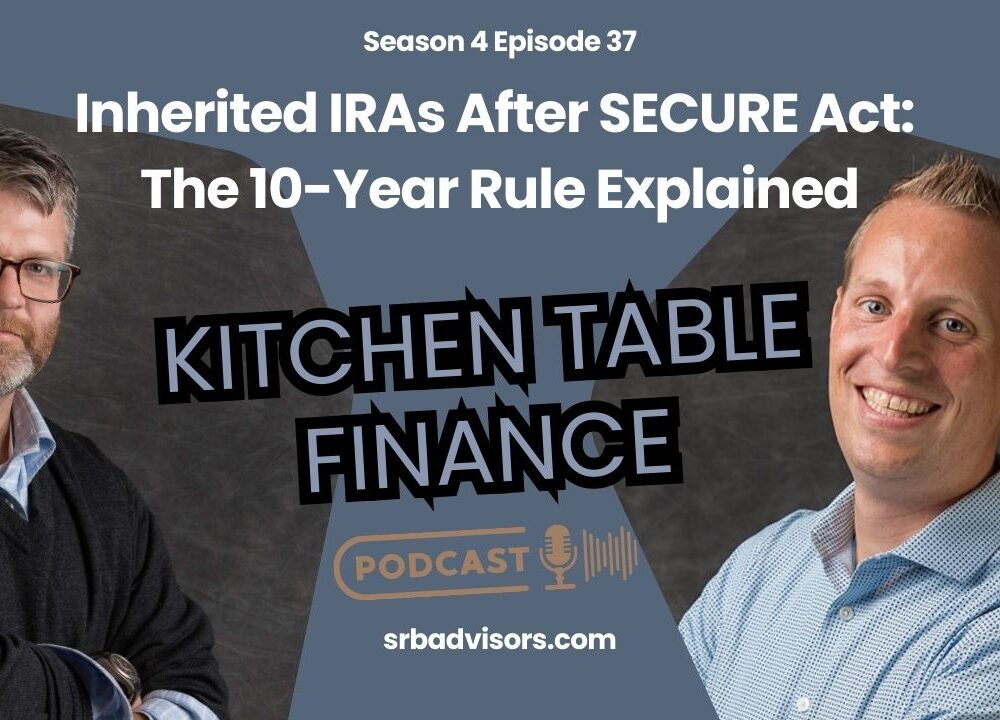The Steps for Starting a Budget

Podcast: Play in new window | Download
Are you committed to starting a budget?
Budgeting is like dieting. Most of us aren’t good at it. Our brains are wired for instant gratification, not delayed consumption. Making people think about such things can be an uncomfortable part of being a financial planner. I must confess that budgeting does NOT come easily to me. However, nothing is more important to financial security than understanding where your money is going. We can’t help you build an emergency fund, pay off credit cards, save for retirement or your kids’ educations until we have a grip on your resources.
Getting Started with a Budget
There are lots of electronic tools out there to help you track your cash flow, and many of them are very good. There is also nothing wrong with using a spreadsheet or a good old pad of legal paper, and often that is the best place to start. The best system is the one that you will use consistently and that fits with how you think about your financial life.
The process I’ve outlined here is meant to get you started, with pencil and paper or a spreadsheet, and can be adapted to most of the online tools.
Do not let perfection be the enemy of the good: If this is your first attempt at figuring out your budget, you will find yourself stuck at times. Do the best you can and move on. Any expenses that you are unsure about mark with a star or some other notation so you can return to them later. Budgeting is an “iterative” process, meaning that each time you go through the process, the budget becomes more precise as you learn more about where your money goes.
Data
You of course will need some records to look at to get started. Gather up any paper statements you have for pay stubs, credit cards, and bank accounts. If, like me, you do your financial business online, have all your login and passwords handy.
Income
Start the process by writing down your household net incomes – what comes into your account to use for covering expenses. For today’s purposes if your pay is irregular try to find a comfortable average. If you receive annual bonuses, I usually leave those out of the process for now, particularly if they aren’t a sure thing. We want to know what you can count on to meet your obligations, month to month. Bonuses can come back into the picture later and are useful for reaching saving goals, paying down debt, or funding things that are nice to have but not necessities like an extra vacation.
Static Obligations
Next, make a list of your set spending obligations. These include things like mortgage payments, rent, insurance, utilities, and property taxes. Note that many of these expenses will be monthly, but some are irregular. For the irregular expenses, total them up and divide them into monthly averages, so a quarterly insurance bill should be divided by three to get the monthly amount. If you treat your irregular, fixed expenses as monthly obligations, setting aside the right amount as you go along, you will find they are much easier to meet.
A note on credit cards: If you pay your credit card debt off every month, don’t include the payment as an obligation. You are merely using the credit card as a cash flow tool, paying for budgeted expenses all at once. If you are carrying a credit card balance, include the monthly payment as a static obligation. For now, include the minimum payment. Once we know how much money you have to work, we can assign a monthly amount to pay off the card.
Related: The Snowball Strategy for Getting Out of Debt
Variable Spending
This is the hardest part for most people to figure out. The things we need but that vary week to week, like gasoline, groceries, and dining out. For now, go back through your records and try to come up with an average of what you spend on each item. If you tend to use cash, you may need to think things through: how much does it generally cost to fill your tank with gas? Do you need to fill up once per week? Be reasonable but don’t worry too much about precision in this first attempt. If you don’t know, make an educated guess, and move on.
For now, count things you need to do, like eat, put gas in your car, maintain your home, and feed the dog. Include the day-to-day things that vary but are still part of your regular lifestyle. You can include things like gym memberships or your daily latte at the café if you see them as part of your everyday routine and necessary expenses. But recognize that if you run out of room in the budget these are items to review. Save extra things like vacations and home improvements for the next phase.
See Where You Are
This is where your priorities and values come into the picture. If you need to adjust your spending down because your expenses are higher than your income, you will need to weigh those expenses and decide what is important to you. Would you prefer a smaller house that allowed more room in the budget for vacations? Would driving a less-expensive car allows you to spend more on your favorite hobby? Often, we spend money without connecting that spending with our values, but when we look at our spending in a budget, we have an opportunity to align our expenditures with what we find important.
Dynamic Savings
After you have accounted for all your current obligations and your variable spending, it’s time to think about the things you need to do or want to do in the future. Start with the basics: If you don’t have an emergency fund already in place, start by setting a goal and saving monthly to create a cash cushion. Aim for three months of your static and variable spending as a starting point. Once that is out of the way, paying down any outstanding credit card debt would come next, and then saving for future goals. Those goals should include your own retirement and college savings if you have kids, and necessities like replacing a car or home improvements, but don’t forget the fun stuff like vacations and hobbies.
If saving for all these goals seems overwhelming, especially if you don’t have much extra cash flow after accounting for your necessary spending, prioritize them, and work on them in stages. Once you have the high-priority goals covered, like a contingency fund, you can move on to the next goal. If you use up some of that fund for an unexpected expense, then come back the following month and start saving to build it back up.
For some people, dividing savings into separate bank accounts provides a psychological boost as you can see the money adding up for specific goals. There are also computer programs, such as You Need A Budget, or Mint, that will divide your accounts into sub-accounts so you can track progress toward your savings targets.
Maintaining Your Budget
Once you have a rough budget worked out based on these guidelines, set aside time to see how your actual expenses compare to what you’ve put down on paper. Be prepared to adjust. The first budget attempt is usually not very accurate, but as you go forward you will see which categories need to shift. Each month your budget will become more accurate, and each month you will grow more confident that you have your finances under control.
Creating an accurate budget is the most effective way to manage your money and more toward eliminating debt. You’ve got this. If you would like to talk to a financial expert and get help with your budget, please feel free to contact us at Shotwell Rutter Baer.
About Shotwell Rutter Baer
Shotwell Rutter Baer is proud to be an independent, fee-only registered investment advisory firm. This means that we are only compensated by our clients for our knowledge and guidance — not from commissions by selling financial products. Our only motivation is to help you achieve financial freedom and peace of mind. By structuring our business this way we believe that many of the conflicts of interest that plague the financial services industry are eliminated. We work for our clients, period.
Click here to learn about the Strategic Reliable Blueprint, our financial plan process for your future.
Call us at 517-321-4832 for financial and retirement investing advice.
Share post:

